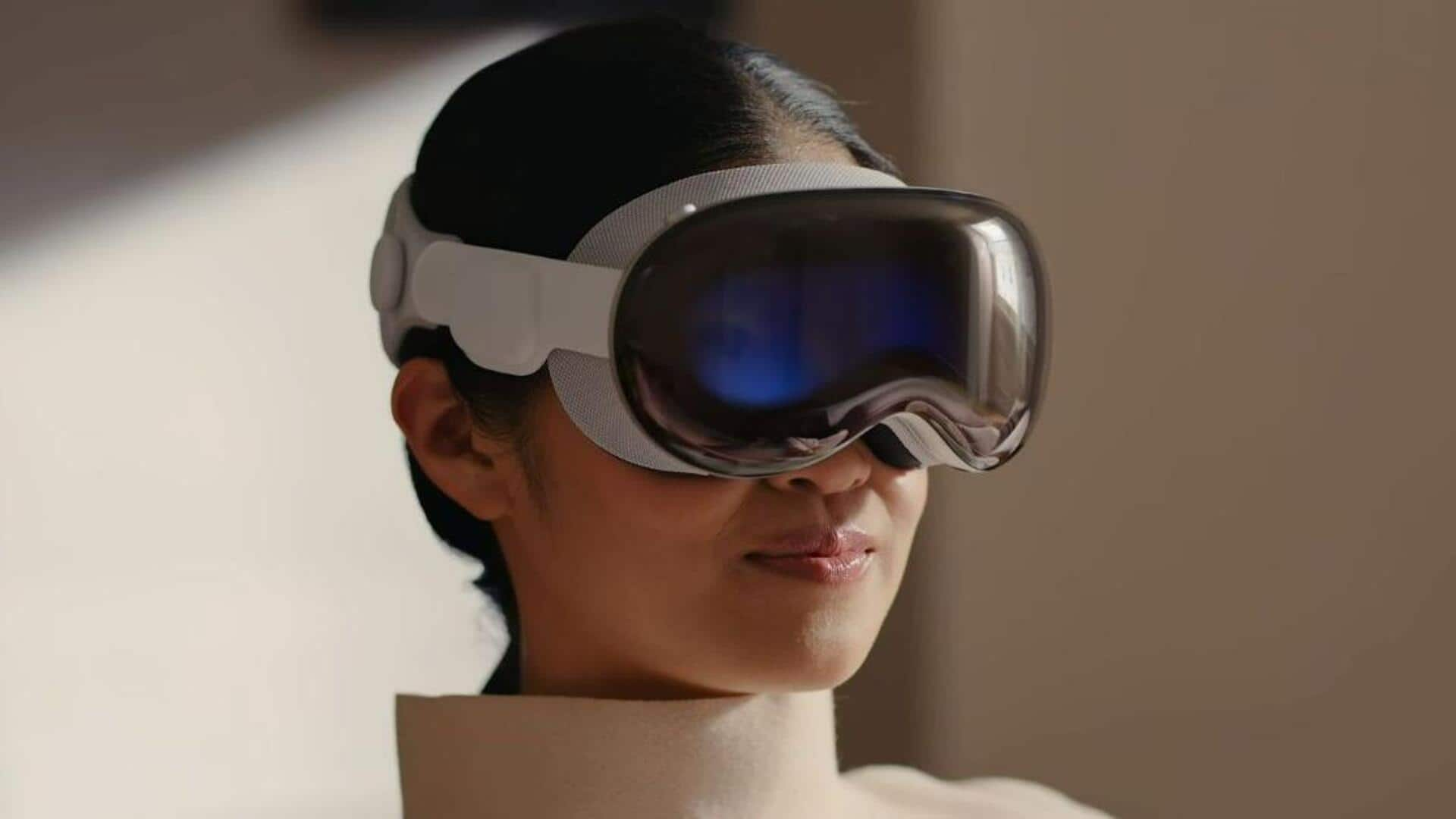
YouTube makes a U-turn, now mulling Apple Vision Pro app
What's the story
Google has confirmed plans to create a native YouTube app for Apple's Vision Pro headset, after initially stating they had no intentions of doing so. In the meantime, YouTube will optimize its platform for the Safari web browser. This change of heart comes on the heels of an unofficial YouTube app for the $3,500 headset, developed by Christian Selig. Selig was the creator of the popular Apollo app killed by Reddit last year.
History
YouTube's initial stance and change of plans
The Apple Vision Pro headset debuted with more than 600 native apps. However, YouTube announced on January 19, that it wouldn't create a Vision Pro app or offer its iPad app on the visionOS App Store. Now, within just two-and-a-half weeks, the company has changed its stance and confirmed a Vision Pro app is in the works.
Points
Factors influencing YouTube's decision
One possible reason for YouTube's change of mind is the strong sales of Apple's mixed reality headset. Analyst Ming-Chi Kuo estimated that between 160,000 and 180,000 units of the device were sold during its opening weekend. Another factor could be the unofficial YouTube app called Juno, created by Selig, which was available at launch.
Reason
Selig explained why he created an unofficial app
Selig, a former Apple developer, holds considerable sway among users of Apple devices. In a blog post, Selig expressed his disappointment when YouTube initially announced they had no plans for a visionOS app, and disabled the option to load the iPad app, which led him to create Juno. He said, "This leaves you with Safari, and the website is okay, but definitely doesn't feel like a visionOS app."
Future
What about 3D and 360-degree videos?
YouTube supports 360-degree and 3D videos. They do not currently work on the Vision Pro, and it is unclear whether the firm will incorporate them in its future app. However, the content will probably have to be improved. This is because an Apple spokesperson told The Verge that "much of this content was created for devices that do not deliver a high-quality spatial experience. In some cases, this content could also cause motion discomfort."